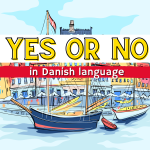The Philippines is truly a shopping haven. So today, let’s discover the colorful shopping culture in the Philippines, like haggling and shopping in Divisoria.
The Philippines got their love of shopping malls from the US, and every city, no matter how big or small, has at least one of these air-conditioned havens. But there are also many traditional covered and open-air markets.
Usually, it’s cheaper to buy handicrafts where they were made, but in Manila, you can get them all in one place. The Tiendesitas shopping center has 12 pavilions with different kinds of goods in each, like antiques, clothing, and furniture. The Divisoria flea market, on the other hand, is a more chaotic place to shop.
Outside of the capital, Baguio is known for its silver and handicraft shops, and the Carbon market in Cebu City is just as popular as Divisoria.
In this blog, we will learn some shopping culture in the Philippines that you might wanna know.
Shopping Culture In The Philippines
According to Hammond of Mexx, Filipino consumers are very focused on the middle market. They are part of the “new emerging-market middle class,” which is made up of more and more consumers in Southeast Asia. He also said that when Filipinos like what they see, they buy it. But they definitely look for deals when there are sales.
But what do Filipino consumers love to shop for? Nowadays, Filipino consumers love to buy beauty and skin care products, hygiene products, clothes, on-the-go food, trendy products, and even aesthetic products. Now that we have learned the products Filipino consumers love to buy let us now dive into the shopping culture in the Philippines.
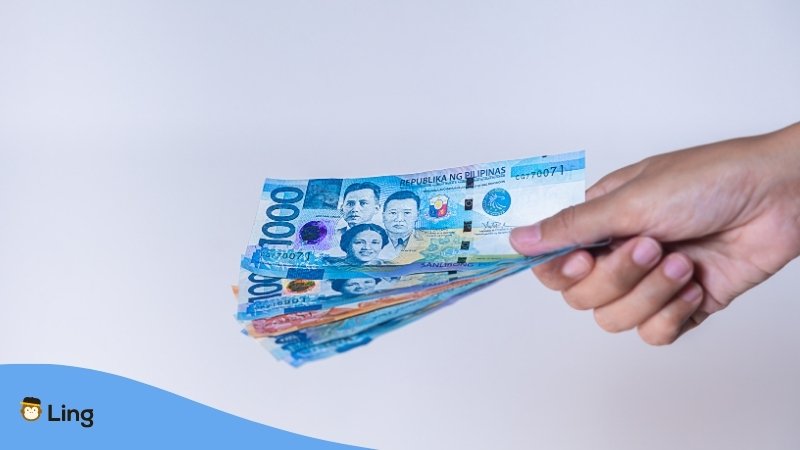
Haggling
Shopping in the Philippines? You must know how to bargain. In the Philippines, it is known as “pakikipagtawaran”. It is actually asking the seller for lower prices than its original one. It is a must-have skill to help you bag a great deal on your purchases. It is also important for tourists because some Filipino sellers tend to overprice when non-locals purchase.
If you wanna haggle, you can simply say, “Wala na bang tawad ito?” (Is there no discount for this?) or “May bawas pa ba ito?” (Is there a discount for this?). But remember, street vendors are just earning a living. Make sure that when you haggle, the price is reasonable for both of you, considering how hard life is nowadays.
Ukay-ukay/Second Hand Shopping
Wanna buy quality products but at a lower price? Ukay-ukay and second-hand shopping can be your holy grail. It is no secret how some Filipinos love imported products, so this is a real deal.
In the Philippines, an ukay-ukay also called a wagwagan in some places, is a cheap store that sells used clothes, bags, shoes, and other accessories. Most things sold here are brought in from North America or Europe.
Today, more and more people are buying second-hand products. It is way cheaper than brand-new items. This is a perfect and practical way to follow fashion trends without splurging on expensive branded items. Even Youtube influencers have contents where they buy OOTDs (Outfit of the Day) in ukay-ukay.
You can find lots of ukay-ukay shops located in the Philippines, especially in urban areas like Metro Manila. Just a tip, if you’re gonna shop in one of these markets, bring cash, an eco bag/cloth bag, and a lot of patience. Not all the items in ukay-ukay are of good quality, so patience is the key.
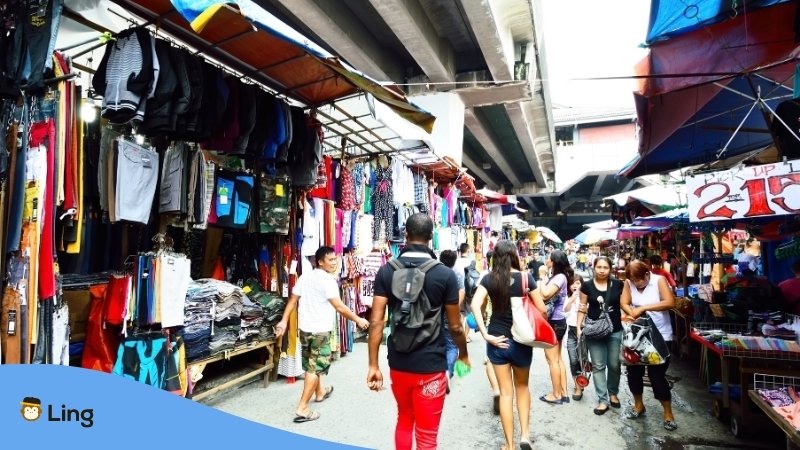
Shopping In Divisoria And Baclaran
Daily shopping? Holiday shopping? Well, Divisoria and Baclaran will always have your back. These shopping havens are the go-to shopping place of most Filipinos, especially during the holiday season, like the Christmas season. This has been a shopping culture in the Philippines even up until today.
Divisoria is a commercial center in Manila, Philippines, noted for its cheap stores and manufacturing. It’s a shopping paradise in Asia because you can find everything there. Divisoria means “division” in Spanish. This flea market’s name dates to the Spanish colonial era.
But why do Filipinos love to shop in Divisoria? Of course, everyone wants a nice product at a low price. Many Filipinos prefer Divisoria Market because haggling is allowed. In the streets and malls, you’ll hear people haggling.
Imagine buying items at a low price that can go lower. It’s all on sale. These guys are merely trying to make a modest profit, though. Most benefit from bulk orders over retail. Make sure the low-priced finds you’re seeking to bargain are a decent amount-just enough for quality and vendor profit. Both sides benefit from cheaper merchandise and good sales if you can, tip as a thank you.
If you prefer to shop in a safe, air-conditioned place, the best malls near Divisoria Market are listed below. They have a wide range of products that can help you in your daily life.
- Tutuban Commercial Center
- The 999 Mall
- The 168 Mall
But, even though the prices of items in Divisoria are low, there’s one thing that you need to remember – Shopping in Divisoria, especially during the holiday season, is not that easy. So, here are some tips when you go shopping in Divisoria:
- Arrive early. You wouldn’t want to shop with a lot of shopping competitors.
- Wear casual and comfortable clothes. Don’t wear anything fancy.
- Haggle is good but be reasonable.
- Compare prices and quality of the same products in different stores.
- Bring large bags for your goods.
- Prepare cash. Credit card payments are not accepted in a street market.
- Shop inside the mall in the afternoon. It is hot and humid outside from 11 AM to 4 PM.
Aside from Divisoria, there is also another shopping haven located in the Parañaque City – Baclaran. Just like Divisoria, it offers a wide variety of items that you can buy for low prices. Baclaran Market is a popular place to shop. It’s a good place to buy goods at low prices, both retail and wholesale.
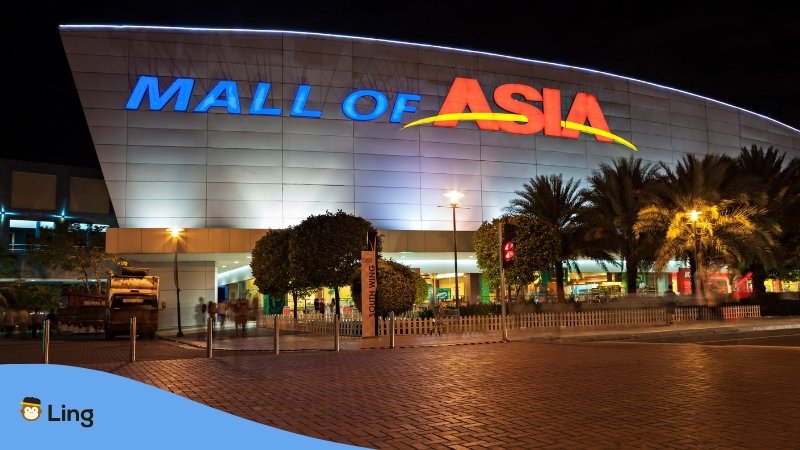
Mall Shopping
Shopping from your favorite brands? Don’t like to shop in public spaces? Well, malls are the perfect place for you, especially in an urban area.
Even though the Philippines is a small country, it is known for having a lot of shopping malls. Many people go to the mall to escape the heat of the tropics and cool off during the hot and humid summer months when the country tends to get hot and sticky.
The Filipino mall culture is not that different from other countries. Many Filipino shoppers go to department stores to buy their preferred brands of clothes, shoes, gadgets, groceries, entertainment, and more. Malls tend to be pricier than markets, but Filipino consumers can still get the best deals, especially during sales and discounts.
Some of the major mall chains inside and outside Metro Manila are SM Supermalls, Ayala Malls, Robinsons Malls, Vista Malls, Megaworld Lifestyle Malls, and more. Paul Santos, vice-president of the Philippine Retailers Association, said that nowhere else in the world do people live so much as they do in shopping malls. You can’t do anything about it.
Shopping Culture In The Philippines During the Pandemic
The pandemic changed the game of shopping not just in the Philippines but in the whole world. Here is the shopping culture that emerged during the pandemic.
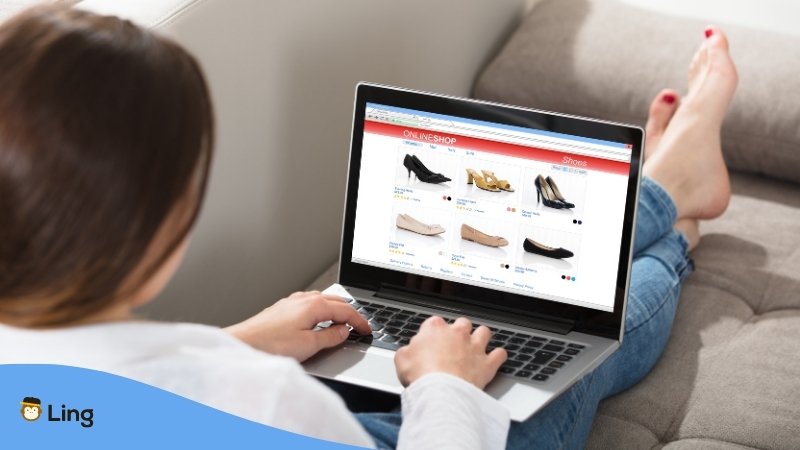
Online Window Shopping
People used to make fun of others who went to the mall. Filipinos often go into shops they like, even if they don’t plan to buy anything. With the rise of online shopping in Philippines, they don’t even have to leave their homes. They will just need to open their browser or shopping app.
Rise Of Value-Conscious Shoppers
Even though they like window shopping, more Filipinos know how to get the most for their money. Now, more than in the past, people spend more time comparing prices.
Interestingly, the main things that make women and men buy things are not the same. Women tend to buy things based on how good they are, how much they cost, and what others say about them, while men, on the other hand, are more likely to buy something if the price is right, the product is good, and it has good reviews.
Compared to people in older age groups, 86% of millennials spend more time researching and looking at different options before choosing the best product for them.
When asked if they had bought products directly from a brand’s social media platform, participants in a survey gave different answers. 58.3% said they had, while the rest said they had not yet bought from a social media platform.
68.3% of the people who tried buying through the brand’s social media platform said they were more likely to buy through social media now than before the lockdown.
The survey’s results also showed that people’s acceptance of online shopping had grown a lot in the past year. As more Filipinos find out about the benefits and ease of online shopping, we expect the country to continue to grow, and digital payment solutions will grow along with it.
Online Shopping
Need something but don’t have the time or energy to go out in supermarkets or open spaces? No problem at all! In just a few clicks, you’ll get what you want!
The way people shop in the Philippines has changed over the past few years. In the past, when people thought about going shopping, they first thought of a mall. Today, people who want to buy something and get a good deal go to online shopping sites and apps hence the expression “I-add to cart mo na” (Add it to your shopping cart).
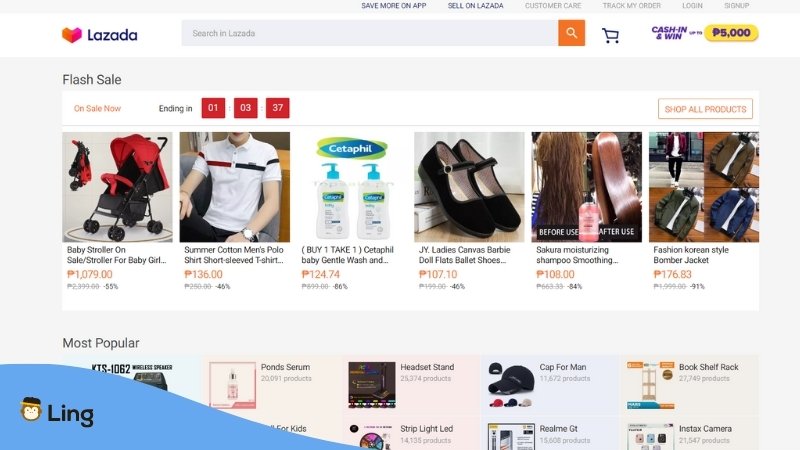
People used to crowd into mall sales to get the best deals from their favorite stores. Now, monthly sales bring in a lot of business to online shopping sites and apps like Lazada, Shopee, Shein, Facebook Market Place, Carousell, and more.
Online shopping is so common now that people would rather shop from home than drive to the mall and deal with traffic and crowds. More Filipinos are choosing to shop at home because of the COVID-19 pandemic and rising oil prices.
In the last few years, e-commerce has come a long way. The E-commerce Philippines 2022 Roadmap from the Department of Trade and Industry says that they expect the number of online stores to go from 500,000 to 1 million this year. But this year, now that the pandemic is over, people are going back to malls.
Cashless Payments
Due to the popularity of online shopping, cashless payments have been a trend nowadays. In the Philippines, cashless payments do not only apply to online shopping. Filipinos tend to use them even in physical stores.
When it comes to cashless payments, there are lots of platforms and services that you can use, like Gcash, PayMongo, PayPal, Paymaya, online bank transfers, and more. But of course, when you’re in street markets, it’s better to have cash with you.
Wanna Enjoy Your Shopping Experience? Learn Tagalog Now!
A trip to the Philippines isn’t complete without shopping in shopping malls. But, let’s admit it, it’s hard to shop when you don’t know how to speak their native language. It will also help you in haggling and getting great deals. So, what better way to learn a language than having an effective tool like Ling app?

Ling App is a language learning platform that has been helping a lot of language learners achieve their goals for years. It has amazing and advanced features that have been developed by language experts and native speakers. You can also learn Tagalog and other languages like you’re just playing a game. So, don’t further the wait. Learn Tagalog with Ling app now!



































































